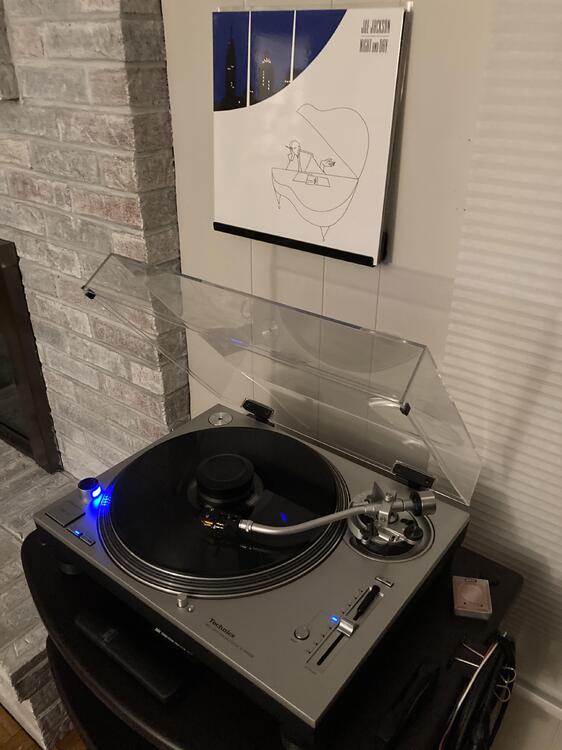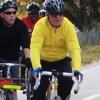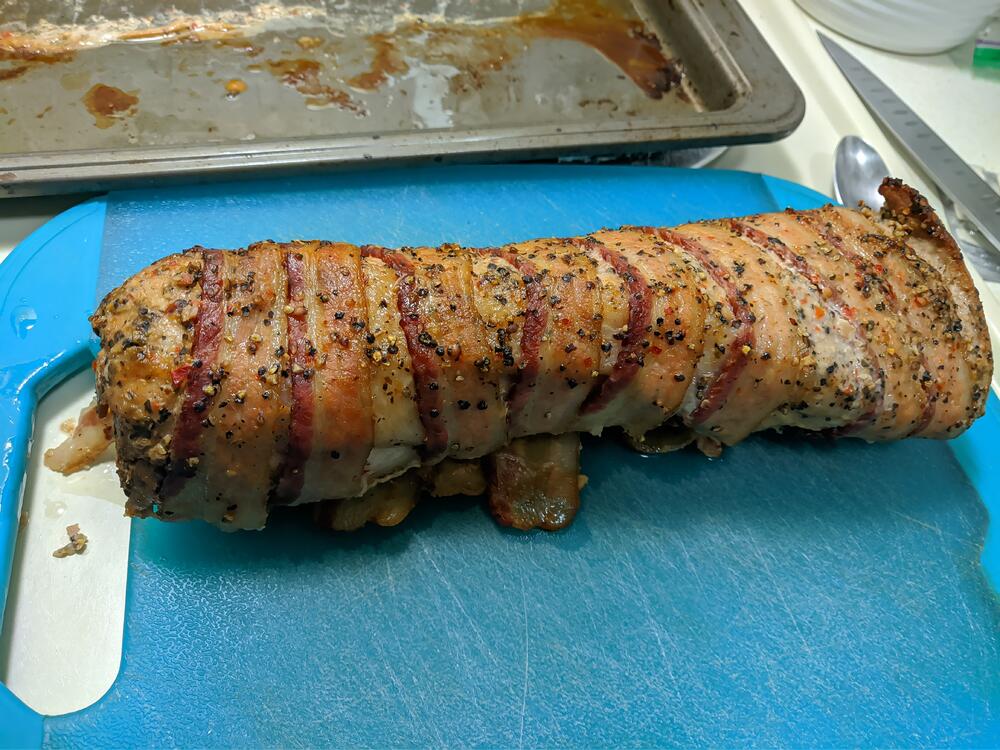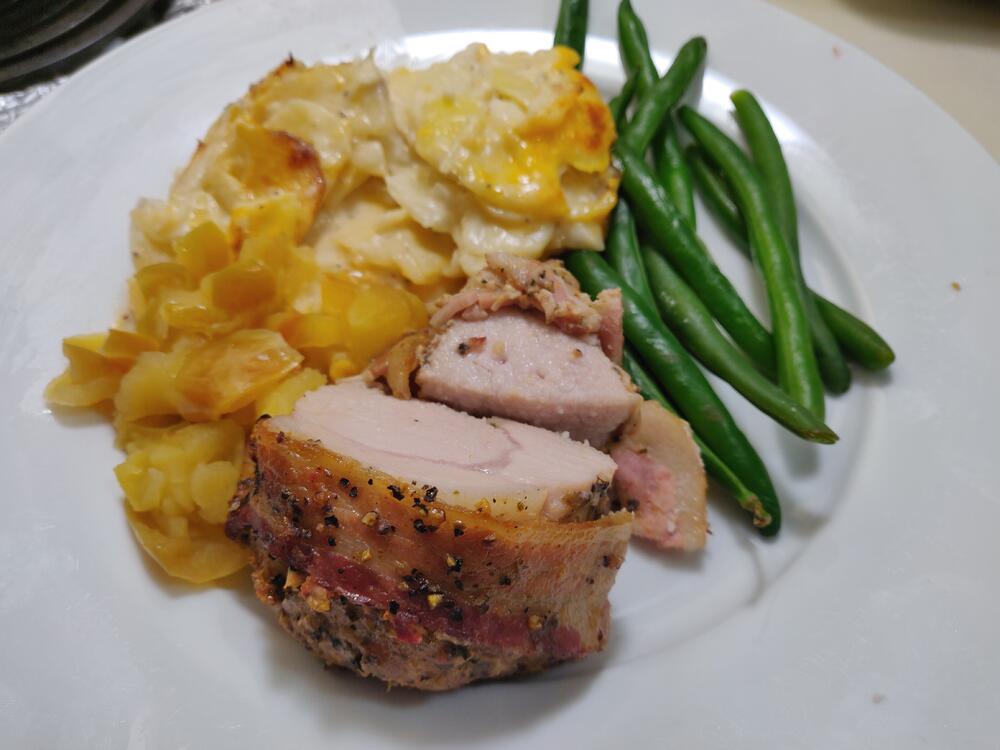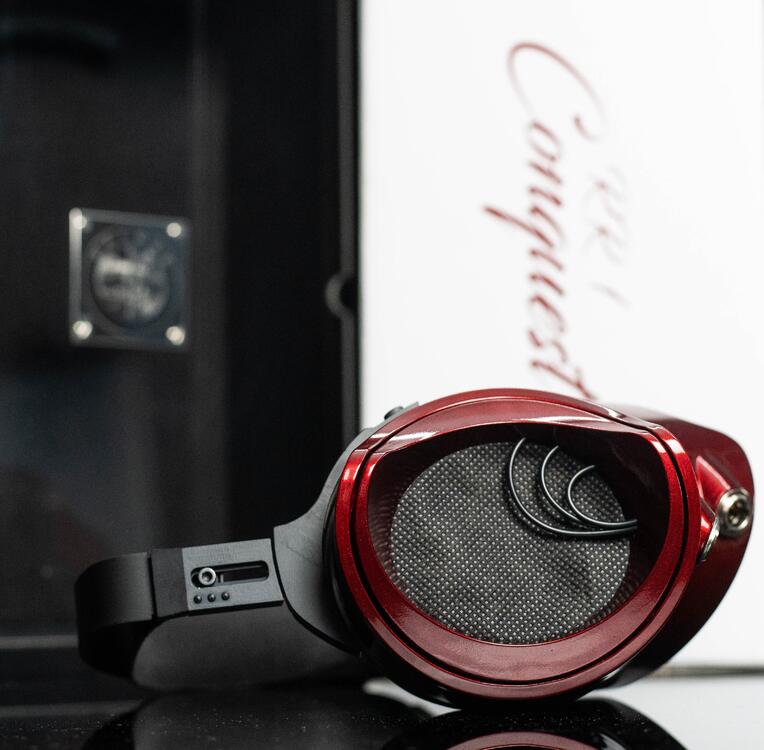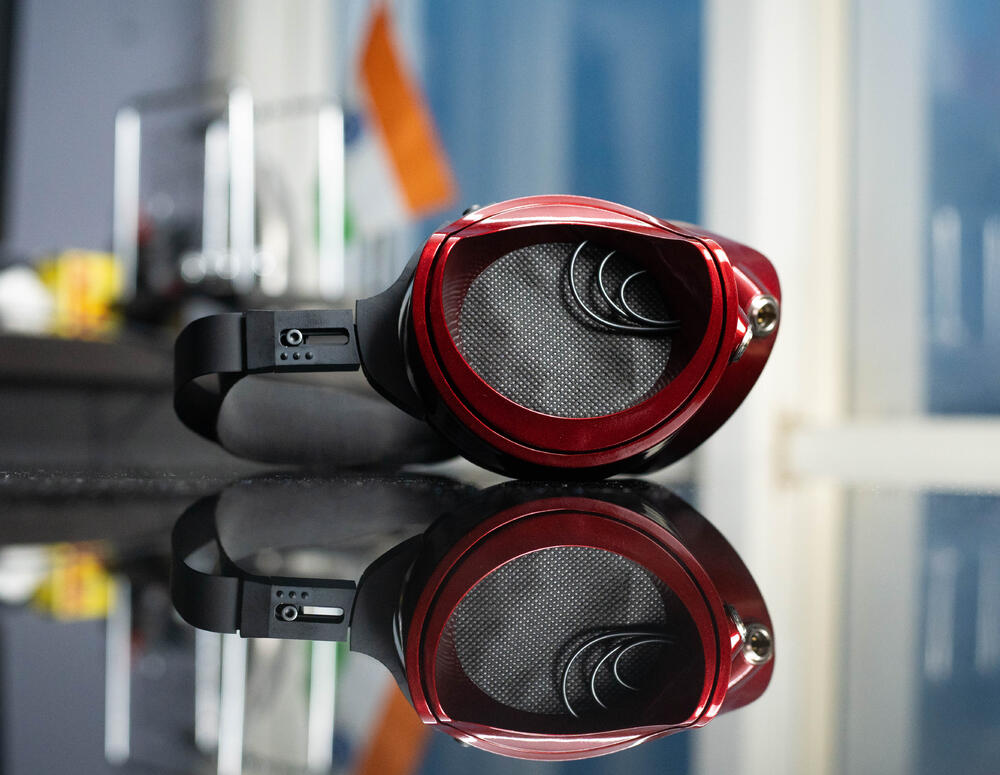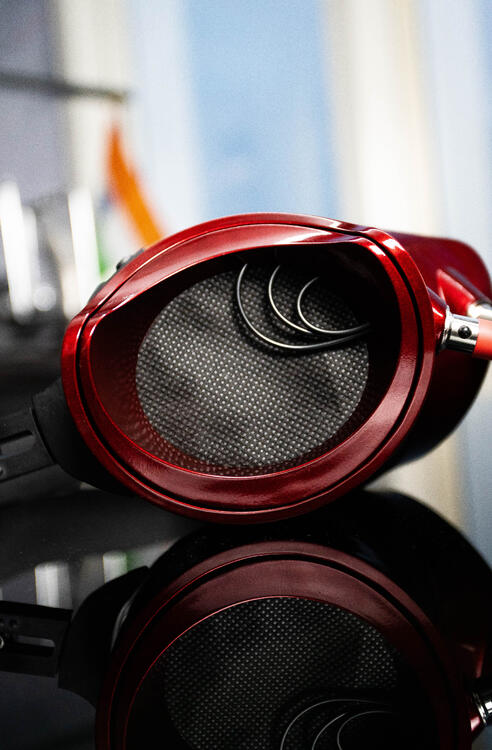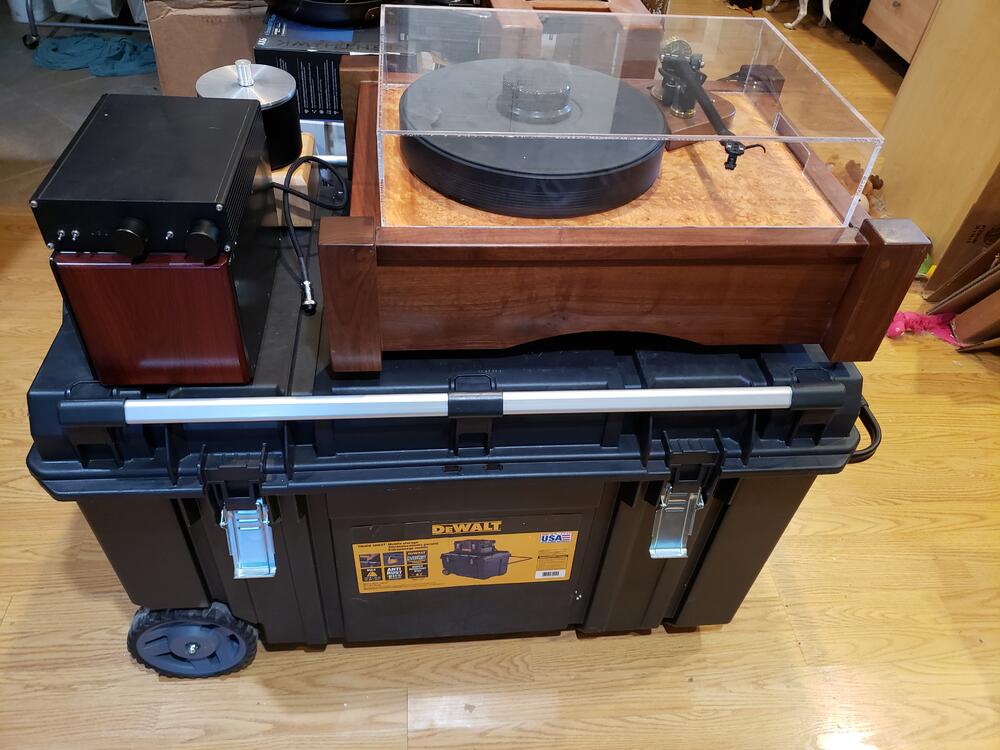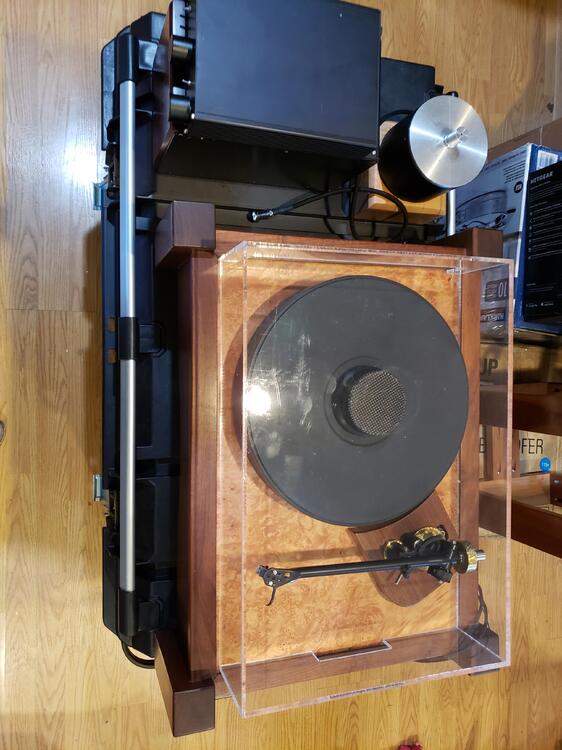Leaderboard
Popular Content
Showing content with the highest reputation on 11/03/2020 in all areas
-
Yes, in that case we have been in production since last year and have crossed over a hundred units in the production mark. It's not a lot but, this is passion not a business. In terms of refinement, refinement to minor fixes have been done. As @JoaMat had pointed out last year regarding the connections, now it is a fully soldered connection from the earlier screw down one. This solved majority of the issues we had in the early units. Then upon Spritzer and Wachara's recommendations since last year, the drivers have 2-stage dust protection and go through vigorous anechoic chamber testing to detect noise/buzz/squeal. We have positively eliminated that as well. Lastly, the overall assembly and Manufacturing has also been refined now that we have been in production since last year. The RR1 is here to stay, it will not be updated as "2.0" or a "2nd Gen" as other Manufacturers do. There will be future products coming out but, that's another story as we are currently busy with other non-headphone related projects as well.10 points
-
6 points
-
I finished my first SRX+ build yesterday. It is overall quite satisfying. It doesn't have the breathtaking bass or unforgiving resolution of KGSSHV Carbon, but is rather non-fatiguing for long-term listening. I took the SRX+ Gerber file Kevin created (Thanks, Kevin!), added larger footprints in order to use the cheaper tube sockets, TO-92 footprints for the DN2540s and moved the heater-lift resistor dividers to the amp board so the wiring between this and the PSU board can be more streamlined. I also changed the small tubes to use 6.3V heater in order to match the surplus power transformer. The PSU board from Kevin follows JimL's original shunt PSU schematic. I added a normal bias tap in the zener diode string with a copied low pass filter, different lead spacing support on the output film caps in case a certain part number is out of stock. It is also cut short 1/2" from the original. Got too aggressive in fitting these boards into the small chassis. The internal space is barely large enough for the two boards to lay side-by-side. Had to mill off internal supports here and there, and ended up not having enough space for a real volume pot (the place holder is a rotary encoder waiting for a future attenuator board. The build started with a faint hum. Swapping tubes can reduce it to a certain level. Then I found a 55mVp-p saw-tooth ripple on the power, which is not supposed to be there (the shunt PSU has >120dB ripple rejection at power line frequency according to simulation). It turns out, the bias circuit voltage doubler drops its leg on the virtual ground and injects >1mA of ripple current, because the bias has to be ground-referenced. The virtual ground is not really a low-impedance node (about 60 ohm @ 60Hz with two 22uF caps). Any noise on the virtual ground is considered common mode to the shunt regulator, and is pretty much out of the control loop. Besides, with transformer HV voltage suitable for this design (I used 600V center-tapped), the voltage doubler doesn't have enough juice such that the 10M90 bottoms out at the low voltage points. So I modified the bias circuit to have its return tied to the output B+ and let the shunt regulator deal with the ripple current. Pro-bias is still easy to obtain, but the normal bias would have to come from dividing the B+ like in the original SRX circuit. The final assembly has 2.5mV hum in one channel and 5mV in the other. I don't think I can reduce them significantly beyond that without using DC heater and take care of the common mode noise from the header windings, perhaps also need to shield the small tubes. There is always some coupling from the heater to the cathode and it varies from tube to tube. With multiple tubes sharing the same AC heater I don't think you can balance it out completely using a pot, either. This simple amp performs well, THD+N is as low as 0.01% between 35dBV and 45dBV (40dBV being the rated operating voltage for the SR Lambda Pros to output 100dBSPL, which is pretty loud). One thing I'm not too happy about is the -2dB drop @ 20kHz when loaded with the AP (200k ohm + 66pf including cables). So I played a little with the open-loop performance. The driver stage has only -1.4dB drop @ 20kHz when disconnected from the final tubes, but the Miller cap of the 6SN7 is killing the high output impedance common-grid driver stage, dropping it to -9.5dB @ 20kHz. Negative feedback helped but didn't bring it back to ruler flat. It might help with a cathode follower stage before the 6SN7 but then there goes the simplicity. A rolled-off top end could explain the more forgiving sound, though. Thanks again to Kevin and Jim to make this such a fun project. If you are going to build it, I'd suggest using Jim's Revised shunt power supply for SRX Plus or any other dual voltage regulators. And don't use a chassis too small!4 points
-
4 points
-
4 points
-
4 points
-
3 points
-
3 points
-
2 points
-
2 points
-
2 points
-
2 points
-
1 point
-
I think Head-Casers want to hear news about your e-stats even if it is marketing. I had the same question as to what was going on with your cans out of curiosity.1 point
-
Here's a pretty good deal for those who longed to buy one of the ARP 2600 reissues but couldn't justify the cash. I'm usually an advocate for not cluttering my app/plugin folders with cheap/free stuff that you use a few times and forget but this seems like a standout. on sale for $25 bucks,.. how could I resist! https://cherryaudio.com/instruments/ca26001 point
-
1 point
-
1 point
-
1 point
-
I think I have over two bottles in the back of the beer fridge. Should test them and make a new batch,1 point
-
1 point
-
1 point
-
I think I'd just drill 3 or 4 holes in it and call it a day. It's nearly impossible to reconstruct at that point and unless the NSA really is after your data, probably 10x what you need to do.1 point
-
7 years ago, yesterday. I've watched a bunch of Puddles' videos on his YouTube channel over the years (including "punk rock" and "new wave" versions of Royals). Many a good, some are not. None are as transcendent as this one.1 point
-
After 5 years from the time I acquired the PCBs and parts, I finally took advantage of the free time created by the pandemic and completed my KGSSHV. This is the offboard version with +/-500V supply. I know many have since moved on to the Carbon but I am very happy with the results and plan on building myself a Carbon in the near future. Hopefully it won't take me that long this time. Thanks to Kevin for the great design, Spritzer for his support and providing some of the parts and this thread from which I learned a lot. The case is from Aliexpress but I got a new front panel made at the local machine shop.1 point
-
IT'S BACK! I remember it being big, but I forgot how massive it is. In no way is it going to fit on the TT stand I just built. I've also forgotten the layout of the controls on the speed controller, and which is input and output on the DIY Pass Pearl phono stage. Lots of fiddling to do before I'm near ready to fire up the beast, but it feels good to have her home again. It was 12 years ago that I built her. I need to see if I can get the Zu Audio DL 103 aluminum bodied cartridge repaired. I had broken the cantilever some years back. I also need to source a rubber belt for the motor/platter. Damn this thing is big!1 point
-
1 point
-
1 point
-
1 point
-
When I visited their factory last year, they told me about their attempts to recreate the old Omega's sonic qualities and how difficult it is. Hopefully we will see positive results of their efforts in the near future.1 point
-
Yesterday died someone who probably you never heard of, the spanish jazz saxophonist Pedro Iturralde at 91. He wasn't a top ten player, but he did a lot for jazz in Spain in the dark ages. He recorded a few enjoyable albums, one of them was Flamenco Jazz (it had part1 and part2). You can pay a listen in any of the popular streaming platforms of your choice. Or just this tune RIP, Pedro0 points



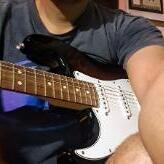

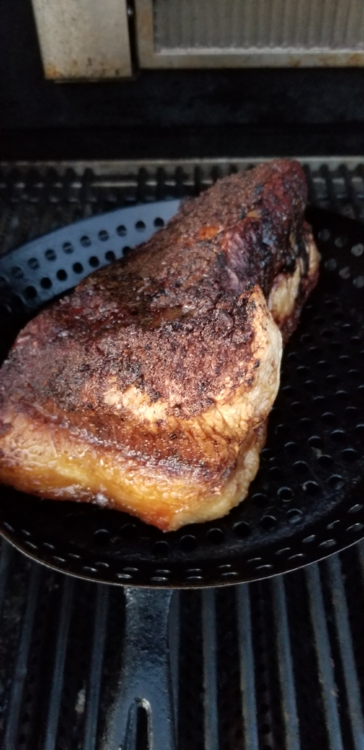
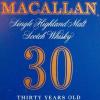
(640x401).jpg.6e1f25f76808dbebb769628f65303026.jpg)
